Features of Blue Star juniper, planting and care rules
Juniper Blue Star is an unpretentious dwarf plant that differs from other species and varieties with silvery-bluish needles. Planting this shrub in open ground and further caring for it will not require much effort and time. This juniper variety can be a great addition to any garden arrangement.
Description
Juniper scaly Blue Star is a coniferous plant, which began to spread in the 50-60s of the last century. This is a dwarf shrub no more than 1 m in height and up to 2 m in width. For 1 year, the shoots lengthen by only 2-10 cm, therefore, the plant reaches its maximum size only after several decades.
At 10-15 years of age, the maximum height of the shrub is about 40 cm.
The crown of a juniper is of an irregular wide oval shape, in appearance it resembles a crumpled pillow. The needles of young shoots are painted in grayish-turquoise tones; with age, this shade is replaced by a more calm gray-blue, silvery color. Spiny lanceolate needles are small and are very close to each other.
In autumn, black-blue rounded fruits are formed on the juniper - cone berries, which are poisonous.
Attention!
All parts of Blue Star Scaly Juniper are poisonous, so you need to be very careful when growing this variety on your site.
Landing
Before planting junipers in open ground, you must choose a suitable place for this. The site must be ventilated and sunny. Even with slight shading, the shoots can begin to stretch, as a result of which the shrub will look untidy, and the needles will begin to change their shade from blue to nondescript dark green - and the plant will lose its decorative qualities.
Juniper does not tolerate waterlogged alkaline soils, so such plants should be planted in soils with an acidity of about 4.5-6.5 pH. If the site is clayey, then you need to add sand and peat. And if sandy, then humus and clay.
When planting a seedling, you must follow this algorithm:
- saturate the soil in the container with moisture;
- dig a hole about 70 cm deep and several times larger than the diameter of the seedling earthen clod;
- put a 20 cm drainage layer on the bottom of the pit;
- pull out the seedling together with a clod of earth from the container and place it in the center of the hole so that the root collar is 5-10 cm above the soil surface (after watering and subsidence of the earth, it will be flush with the edge of the hole);
- fill the hole with a mixture of peat, sand and turf soil, taken in a ratio of 2: 1: 1;
- water the soil and lightly tamp;
- mulch the soil with a layer of 5-8 cm.
When planting several seedlings, it is necessary to leave a distance of at least 50 cm between the plants.
Care
This juniper variety is quite unpretentious. It is drought-resistant, can withstand frosts down to -25aboutC, undemanding to the soil. Nevertheless, it needs certain conditions to preserve its decorative properties.
- Regular watering. During the first week after planting a seedling in open ground, it should be watered abundantly, and after this time - once every 1-2 weeks. For 1 adult plant, about 10-30 liters of water is required (the exact volume depends on the type of soil).
- Spraying, or sprinkling, shoots in the evening, especially on hot and dry summer days.
- Periodic renewal of the mulch layer, which prevents weeds, nourishes the soil and retains moisture in it.
- Fertilization. Nutrients must be applied once a year in the spring.
- Sanitary pruning in the spring.
- Shelter and tying the shoots with twine for the winter.In October November, young plants should be covered with spruce branches, and adults should be sprinkled with a layer of peat 10 cm - this will prevent frostbite of the shoots.
Pests and diseases
Juniper is affected by many pests and diseases. Of the insects, most often on conifers, you can see scale insects, Ohrid minelayers, aphids, spider mites. This shrub can get sick with rust, biorella cancer, various types of shute, alternaria, etc. But adherence to cultivation technologies and the use of biological products will protect the juniper from these ailments.
Young plants are especially sensitive to pests and diseases; with age, resistance to these ailments increases. To prevent their occurrence, it is necessary to use only healthy planting material, timely remove dried shoots, and apply fertilizers on time. The use of immunostimulants that increase plant resistance to adverse environmental factors, as well as various fungicides and insecticides, will also be effective.
Reproduction
The best way to propagate conifers is by cuttings.
- In adult plants, an annual shoot with a "heel", that is, last year's wood, breaks down.
- The lower part of the cuttings is cleaned of needles and placed for a while in a growth stimulant solution.
- The stalk is buried in a wet mixture of peat and sand.
- The top is covered with a film or a plastic bottle.
- After 4-6 weeks at a temperature of about 20 ° C, the root system develops. After that, the seedling is planted in open ground.
Subject to all the rules of care, the Blue Star juniper will delight the eye for a long time and will become a real decoration of the garden plot.
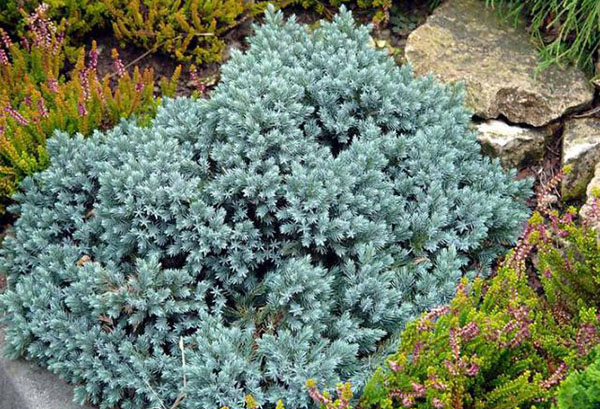
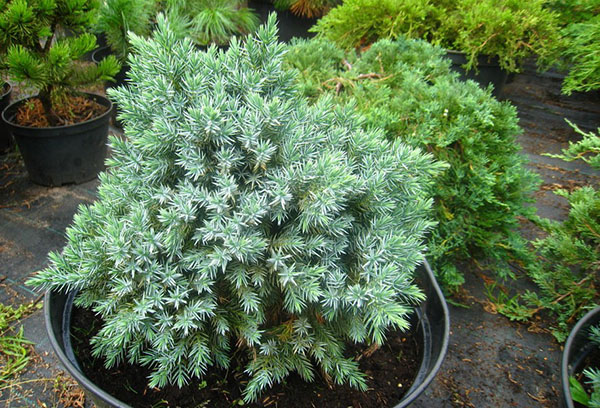
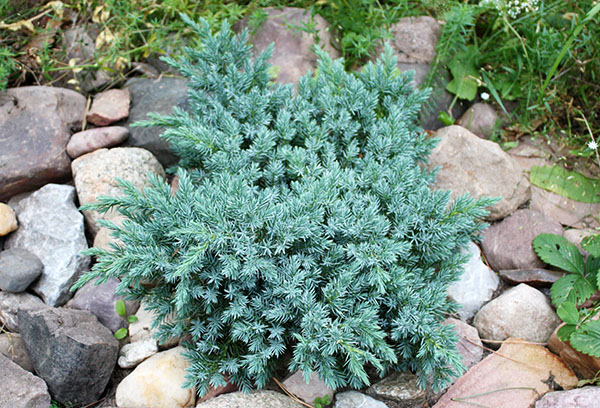
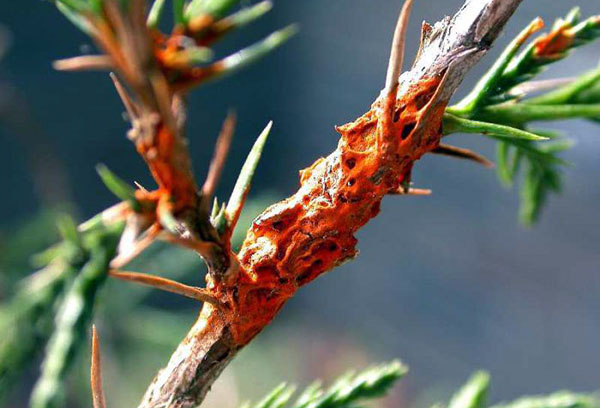
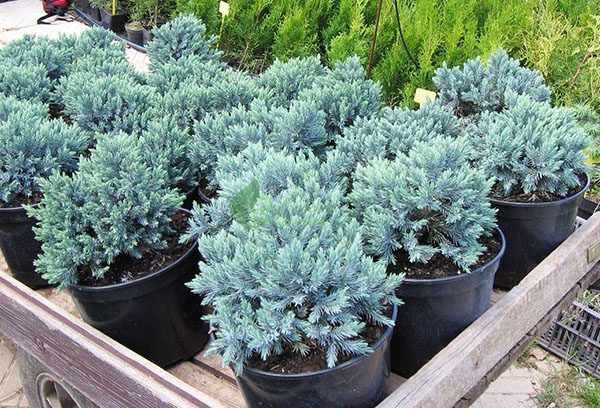
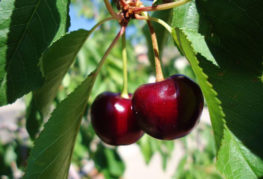
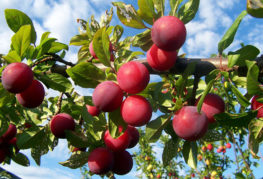
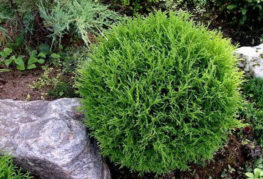

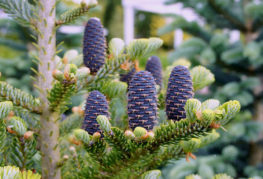
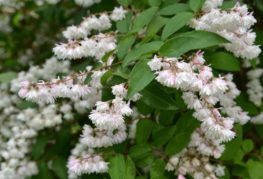
and will be published shortly.